We started the day with a leisurely breakfast of yogurt and cereal, with a long discussion about whether going to the exhibit on Raphael’s impact that just started at the main Hamburg art museum, the Kunsthalle, and then were off to a day with our friend Uschi in the museums, and did decide to go see . So this entry is more of a photo essay. Here we go!
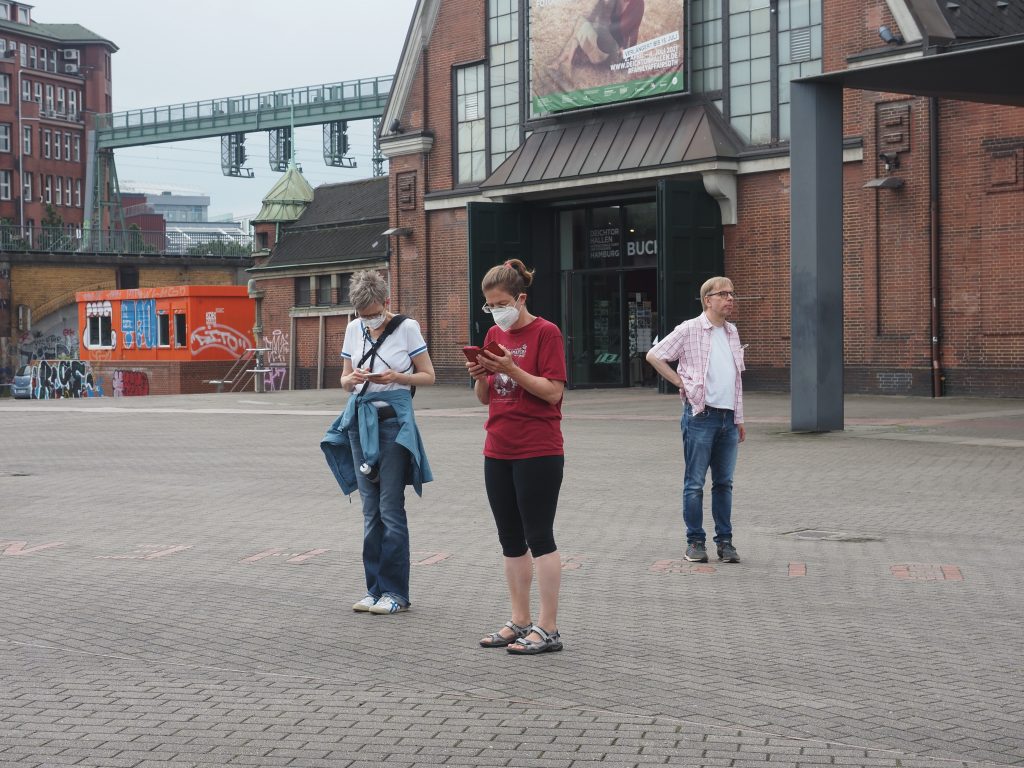
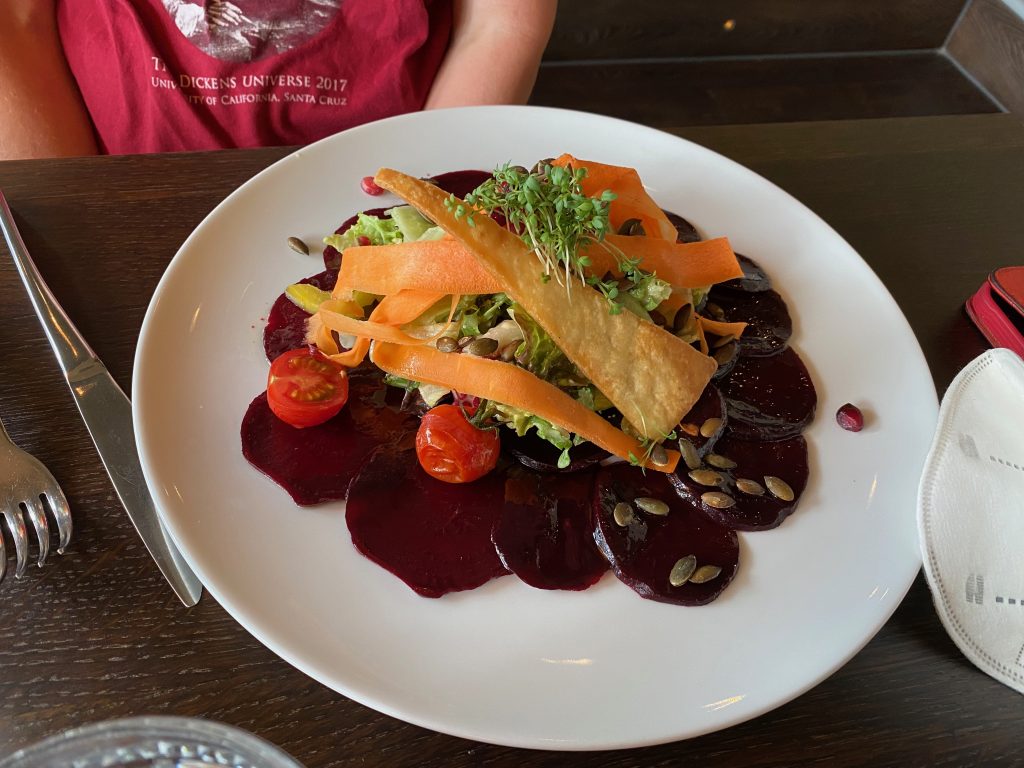
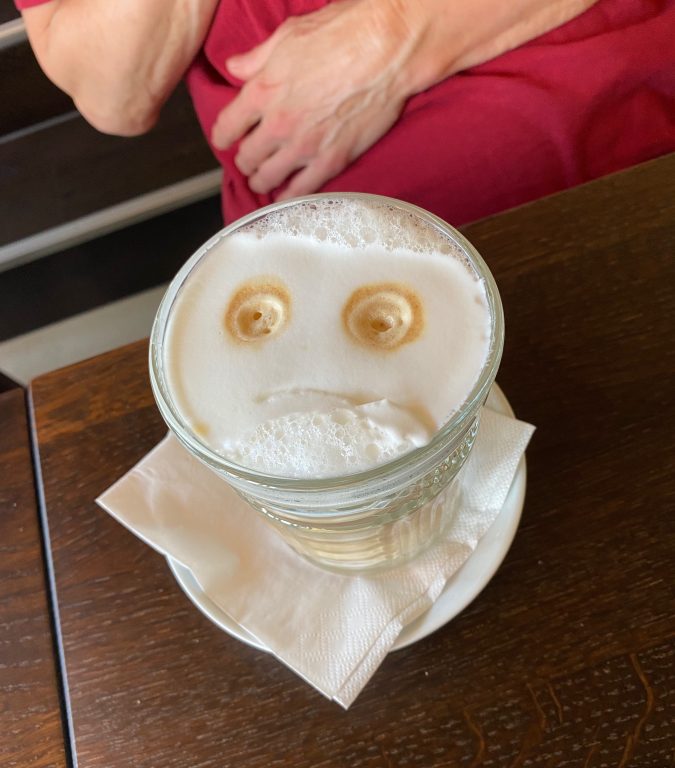
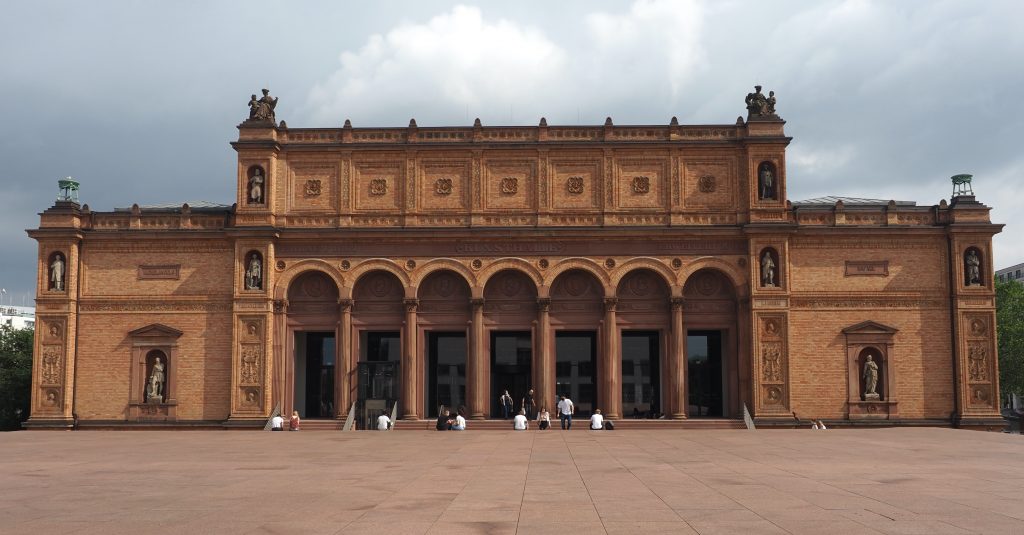
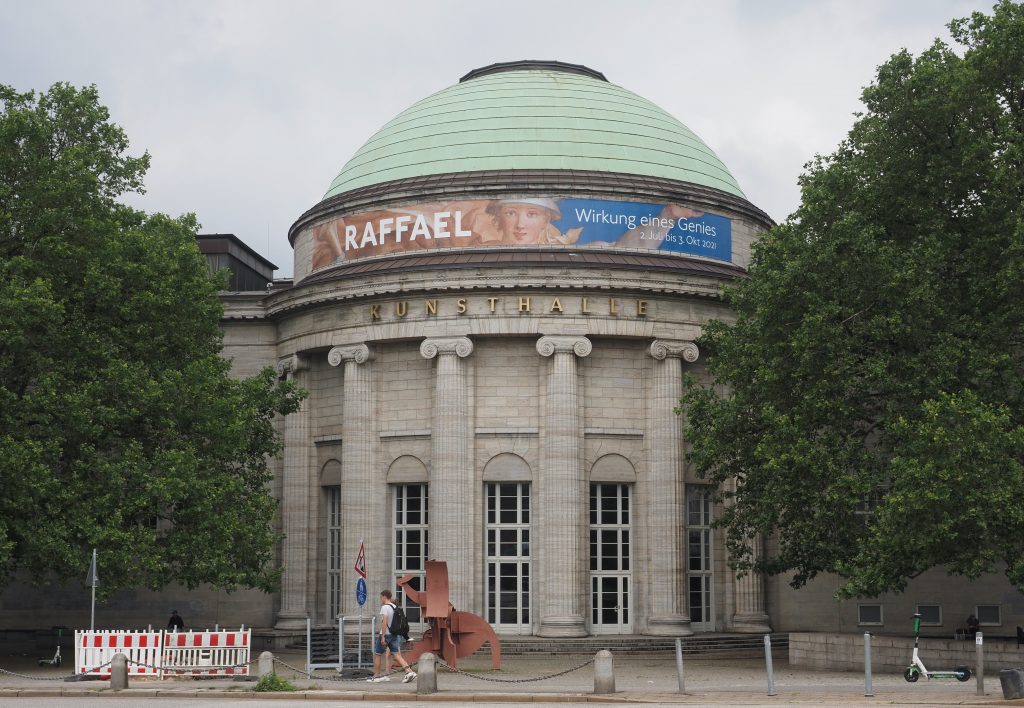
Here is a museum / exhibit tour of sorts, with some Antje thoughts in the captions:
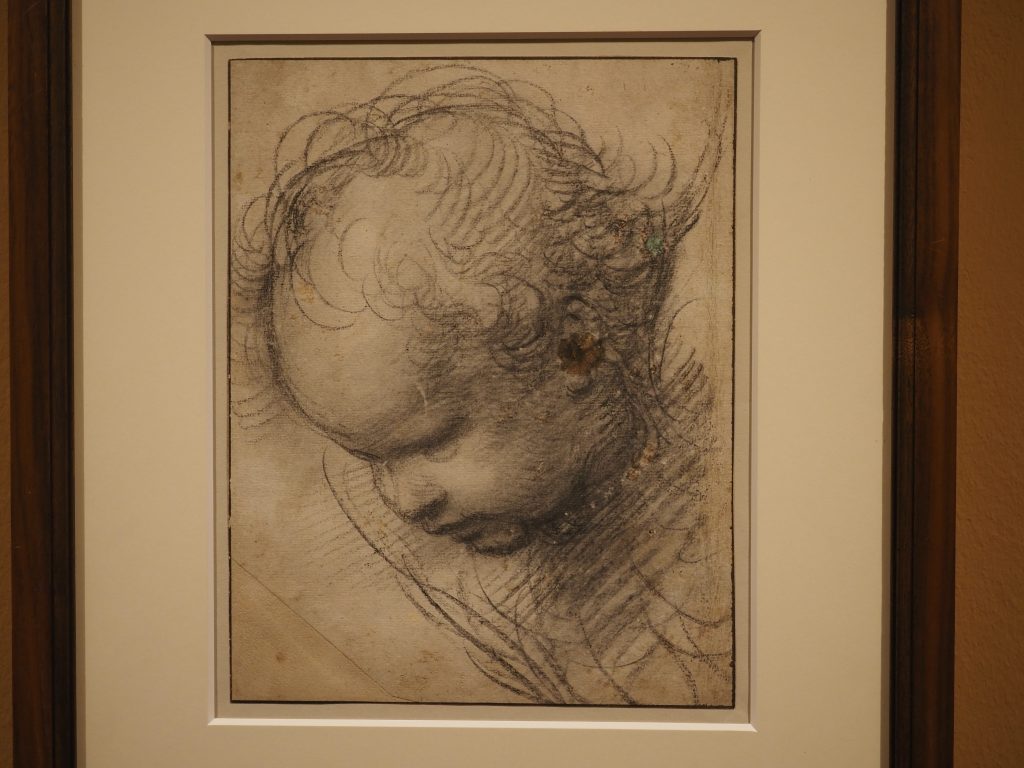
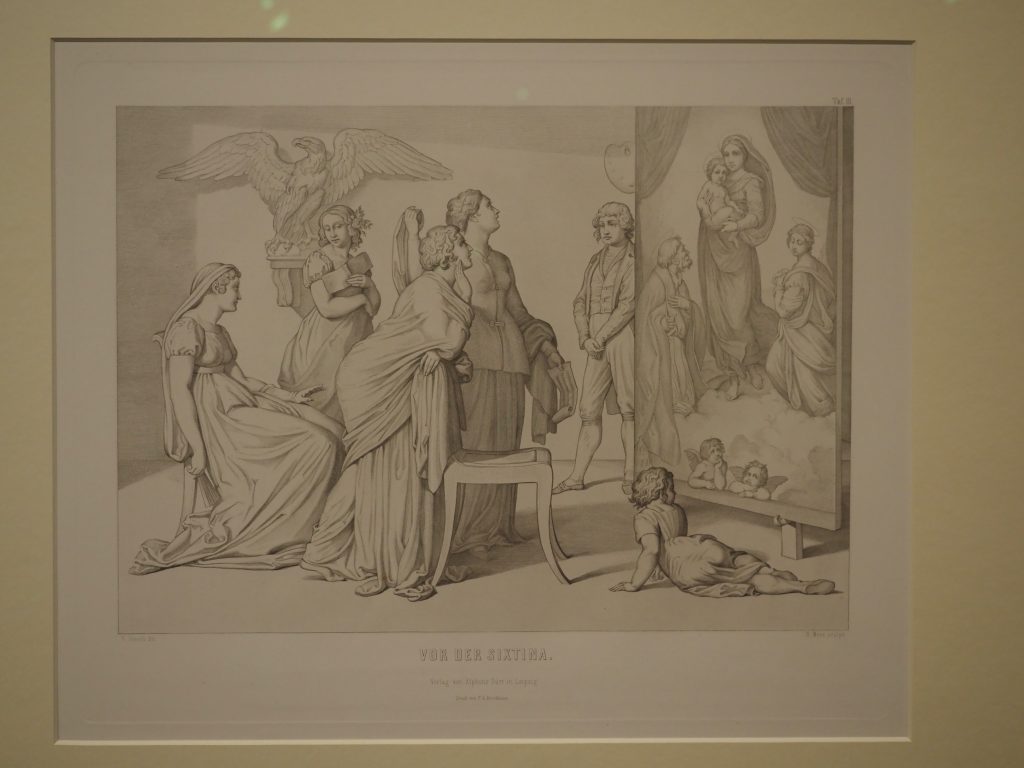
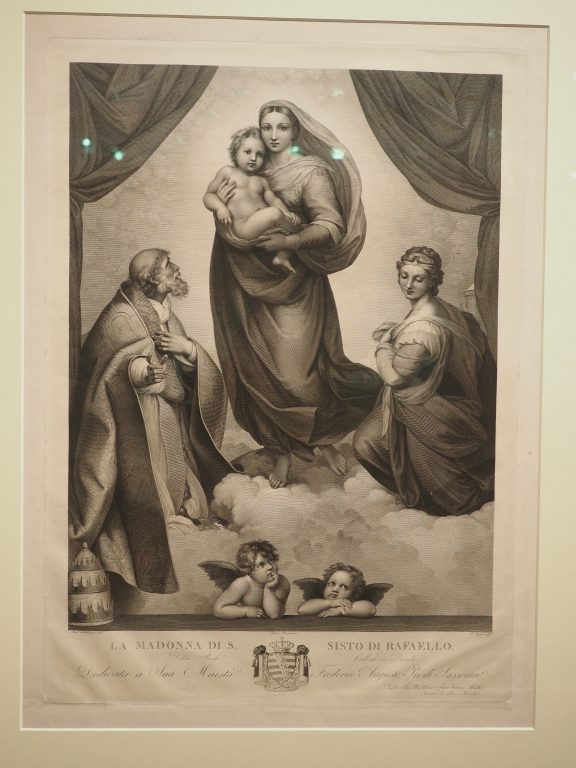
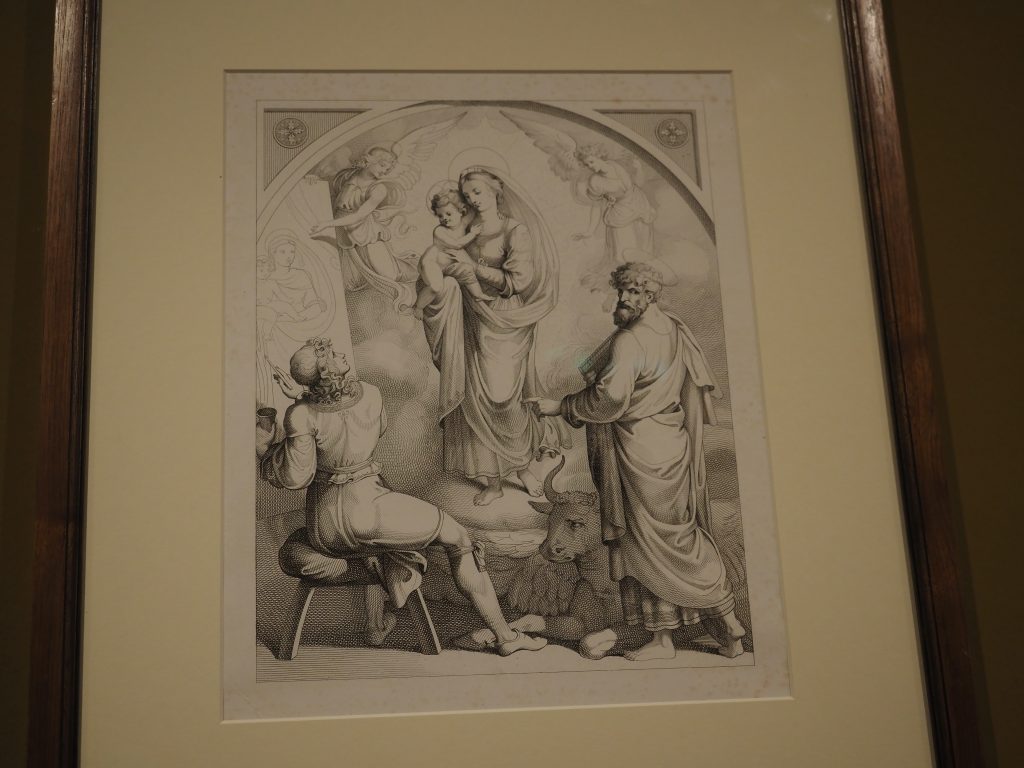
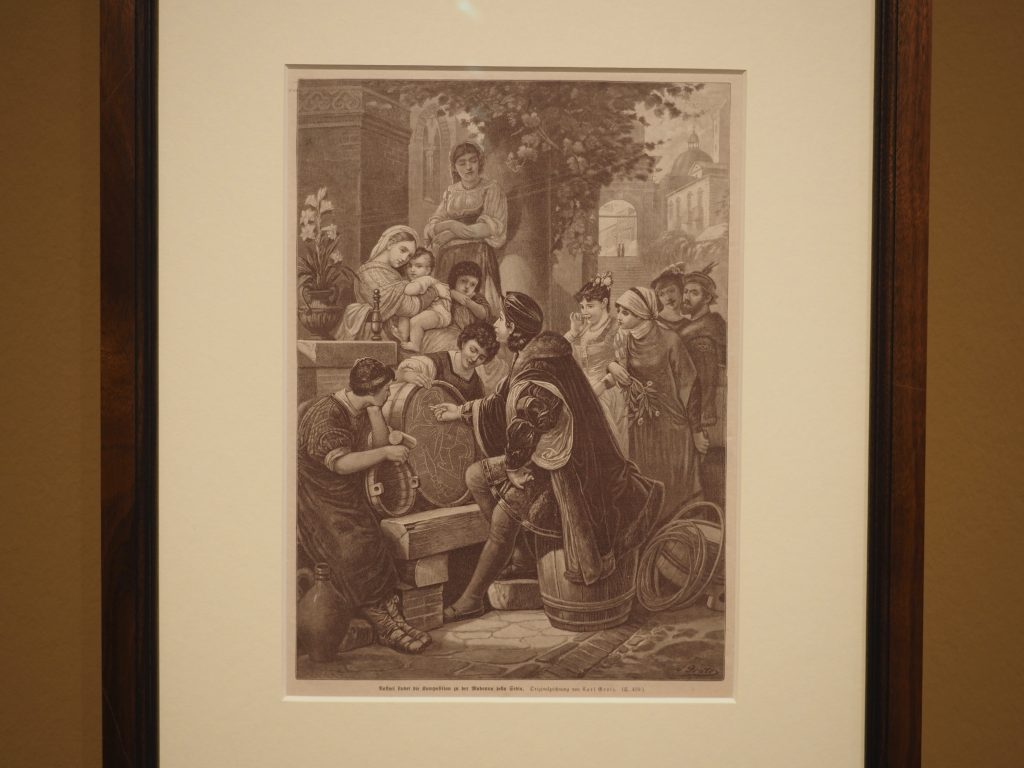
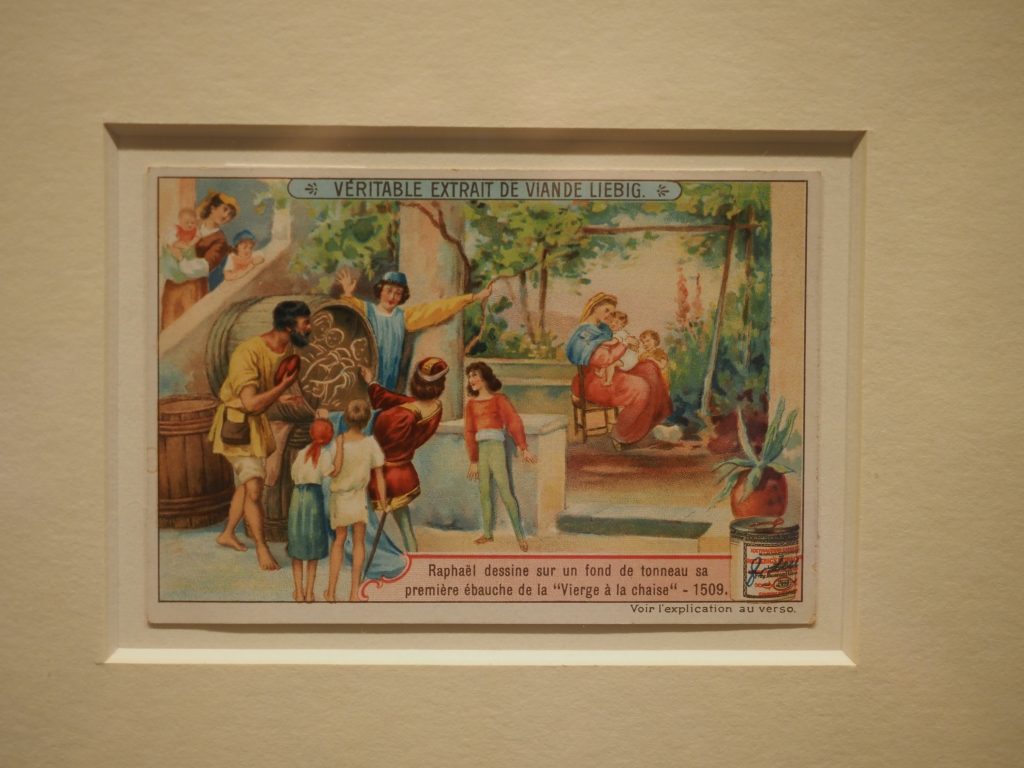
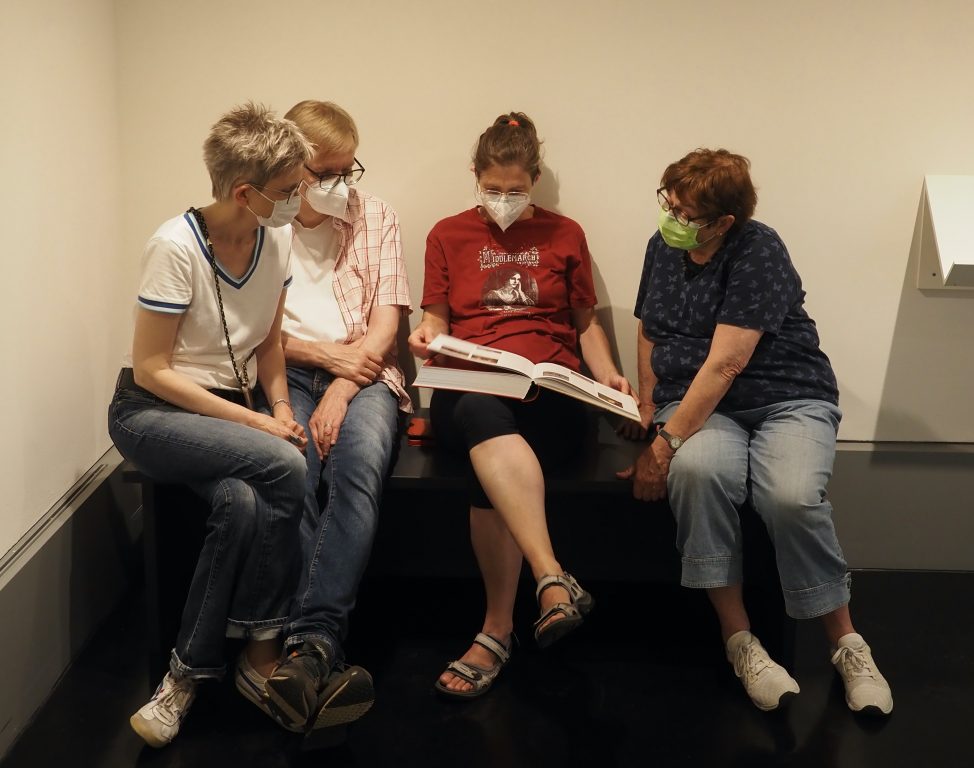
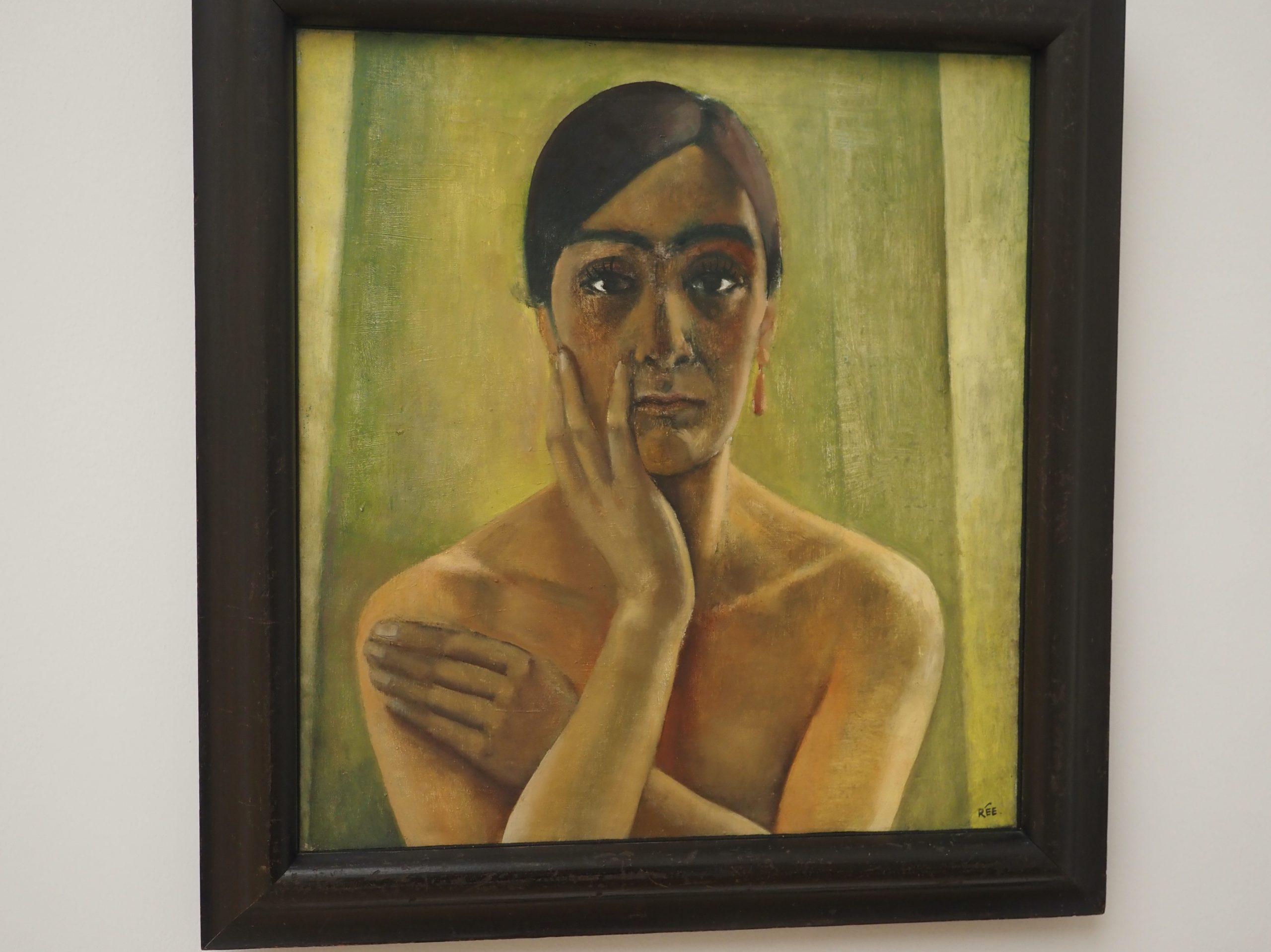
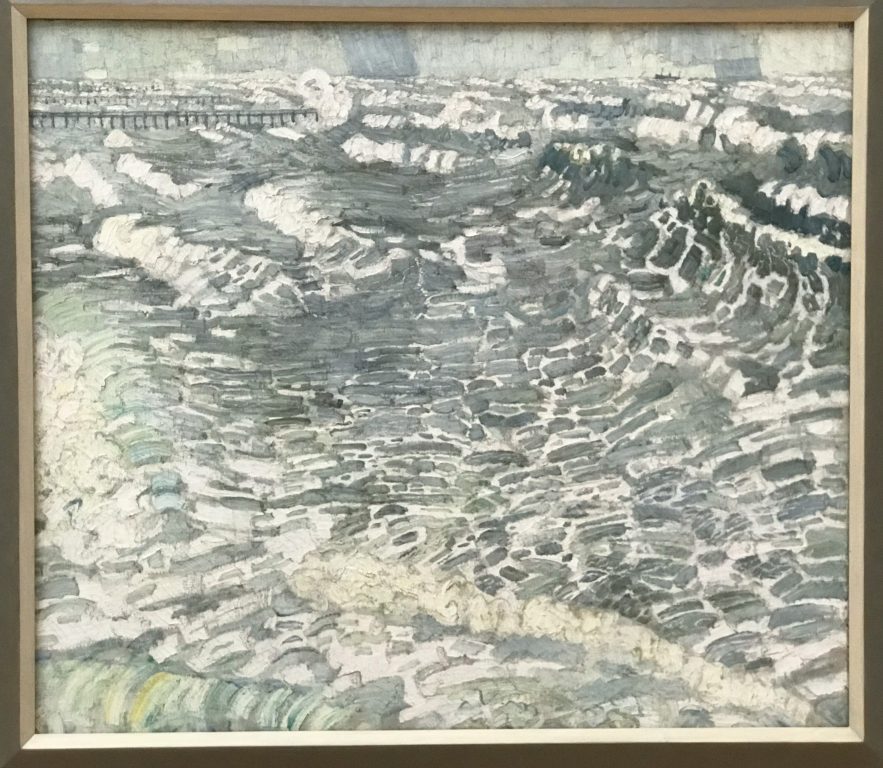
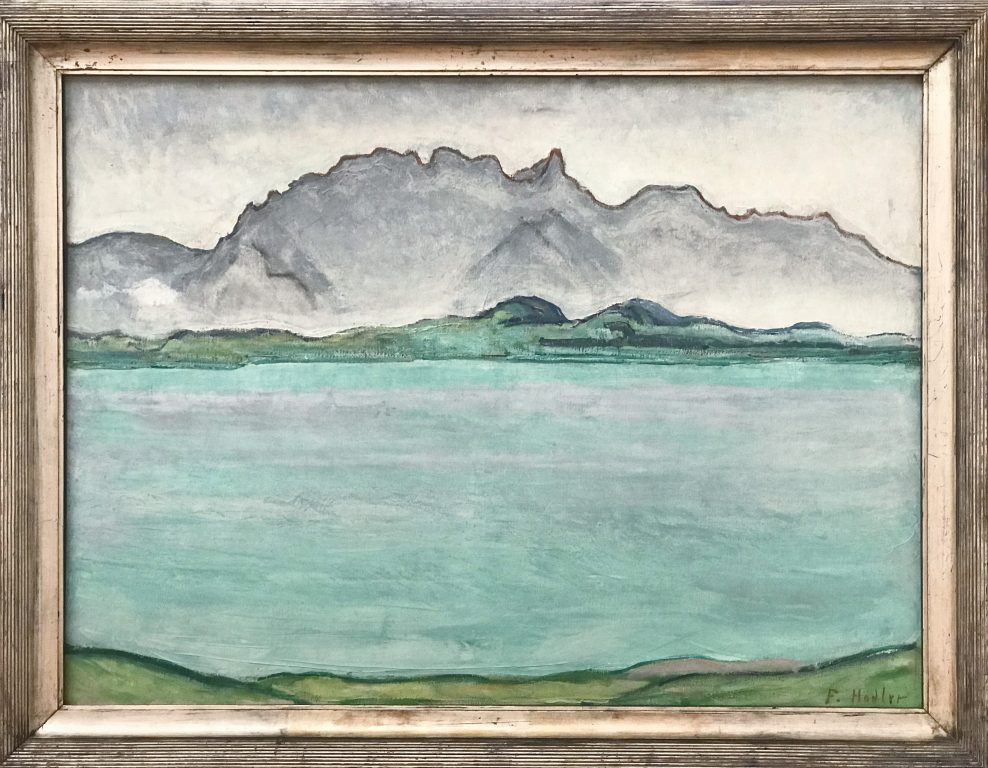
This ends the tour of the museum. It does not end with a favorite for me because I couldn’t decide! The 19th-century Raphael adoration is fascinating to me because that actually became part of my masters’ thesis, but it’s not like I LOVE this kind of art (Mark, Andrea, Peter, and Uschi were even more lukewarm about it, but they are good sports when it comes to my enthusiasms!). What interested me most were the “meta” representations of viewers’ responses to “the genius” and his art, showing him with admiring students and patrons (as in the totally invented scene of Raphael sketching the Madonna della Sedia on the lid of a barrel), and also in representations of admirers of various art works, especially that scene of women (and the painter as a little boy!) adoring the Sistine Madonna.
And while there are wonderful 19th-century and early 20th-century paintings in the permanent collection of the museum (it lags a little when it comes to sculpture, but has world-famous paintings) but too many to choose from when you have as little time as we did to see even “just” the 19th-century and early 20th-century art that the Kunsthalle owns. I raced through various rooms and stopped occasionally to take a look in the half hour or so that we had left. But I was just amazed how little I remembered of the amazing collection that they have (it is not especially famous, but it is many times the collection of, say, the Joslyn. My main stop was to look at the paintings by Caspar David Friedrich (a whole room full, including the famous Eislandschaft with the crushed ship, and the Wanderer above the Fog–a closer look made me realize that there are highlights at the edge of his collar that indicate that his face, turned away from us, would be brightly illuminated, and I didn’t expect that.
When I had finished my rushed run-through, we all gathered at a bench where Mark and Uschi had been sitting and talking, since they were all arted out! We left at 4:30–the afternoon had passed way too quickly–and took Uschi home with us to Andrea and Peter’s. Peter and I stopped at the supermarket on the way for a few things we still needed. Our friend Karsten joined us a little after 5:30 (like Andrea, he is also a friend from high-school times, whom I happen to have been married to for a couple of years in my early 20s; Uschi and Karsten had not seen each other for probably 20 years, although we all knew each other well in the 1980s!). While the others chatted, Andrea and I put the food together: She had baked a wonderful polenta with veggies and cheese yesterday, along with brownies, and I fixed a salad and some capresi to go with that–all set up as a buffet in the kitchen, so the six of us would have lots of room for our food at the dining table in the living room. We had a wonderful time with the food, with Karsten having brought some bread and fabulous feta-cheese dips, and with brownies with ice cream and cherry sauce (like a pie filling) for dessert. Yum. We had a fantastic time talking, telling stories and laughing a lot. It sometimes felt like we were all part of a big improv comedy group, with Karsten as the catalyst who could always bring the conversation back around to some earlier hilarity in a perfect circle. Of course, that can’t be replicated. An earlier mini lecture of mine (since there is always one) about the Madonna of the Long Neck by Parmigianino) surprisingly came back up later when the conversation turned to paintings of hippos, rhinos and giraffes (also of the Long Neck), but in between, there were stories of fighting off bullies in high school and the woes of working during the pandemic, of becoming part of a patent because of suggesting a funny NAME for the patented process. The only problem was that I could not keep up with the translation, and the translation app Mark had on the phone could DEFINITELY not keep up at all.
Karsten stayed until 9:30, and then Andrea and I accompanied Uschi part-way home to the friend she is staying with, so that she could take an easy subway home. We were back home before 10:30, and sat around for a little bit, but did go to bed a bit earlier than the day before. What a wonderful day!